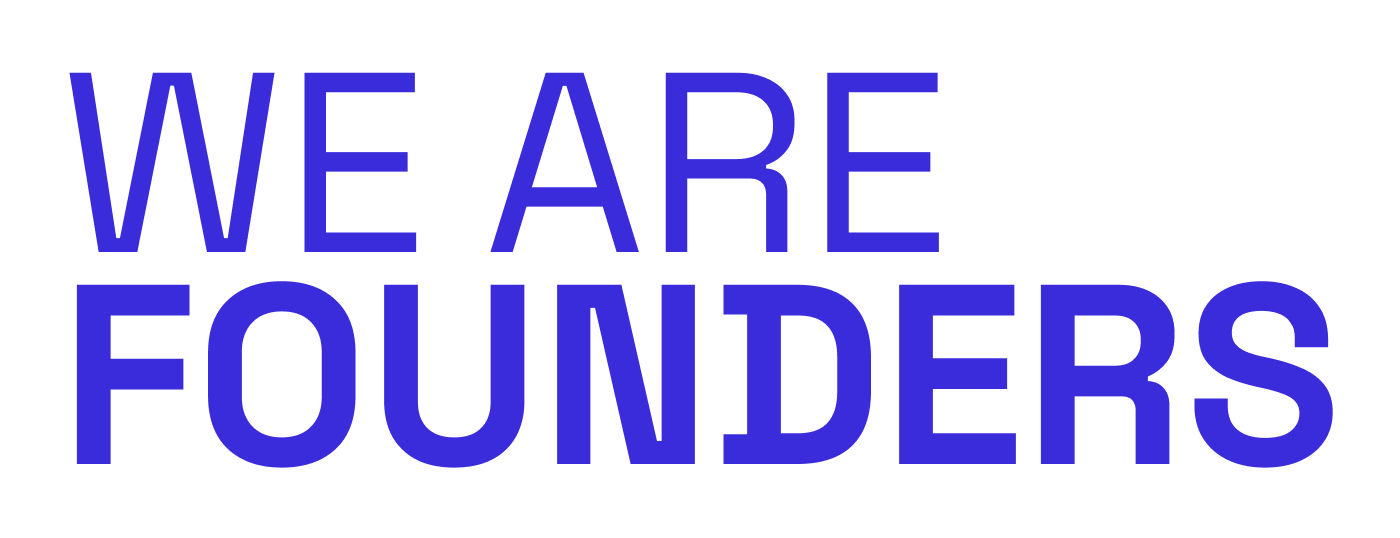What is the Freemium Model?
The Freemium Model is a business strategy where a company offers its core product or service to users for free, forever, while charging a premium for advanced features, functionality, support, or capacity.
The goal is to use the free product to eliminate the friction of sign-up, attract a massive user base (the "top of the funnel"), and let the product sell itself.
Freemium vs. Free Trial This is a vital distinction:
- Freemium: Feature-gated. You get a basic set of features for free indefinitely (e.g., Slack's message limit).
- Free Trial: Time-gated. You get all features, but only for a limited time (e.g., 14 days of Netflix).
The Challenge of Conversion The success of a freemium model hinges on balancing the free features (enough to keep users engaged) against the paid features (enough value to make them pay). A typical healthy conversion rate from free to paid is only 2% to 5%.
If the free version is too good, no one pays. If the free version is too restrictive, no one uses it.
Why it works
- Lower CAC: Users market the product for you, reducing your reliance on expensive ads.
- Network Effects: For collaboration tools (like Slack), having a free tier allows entire teams to onboard instantly, creating a viral loop.
- Data: The free tier provides enormous amounts of data on user behavior, which can be used to optimize the paid features.
Key Takeaway: The Freemium Model is a distribution strategy, not a business model. Your real business model is selling the premium features that provide 10x the value for the money spent.


